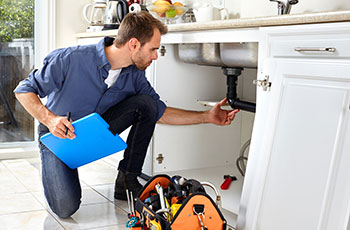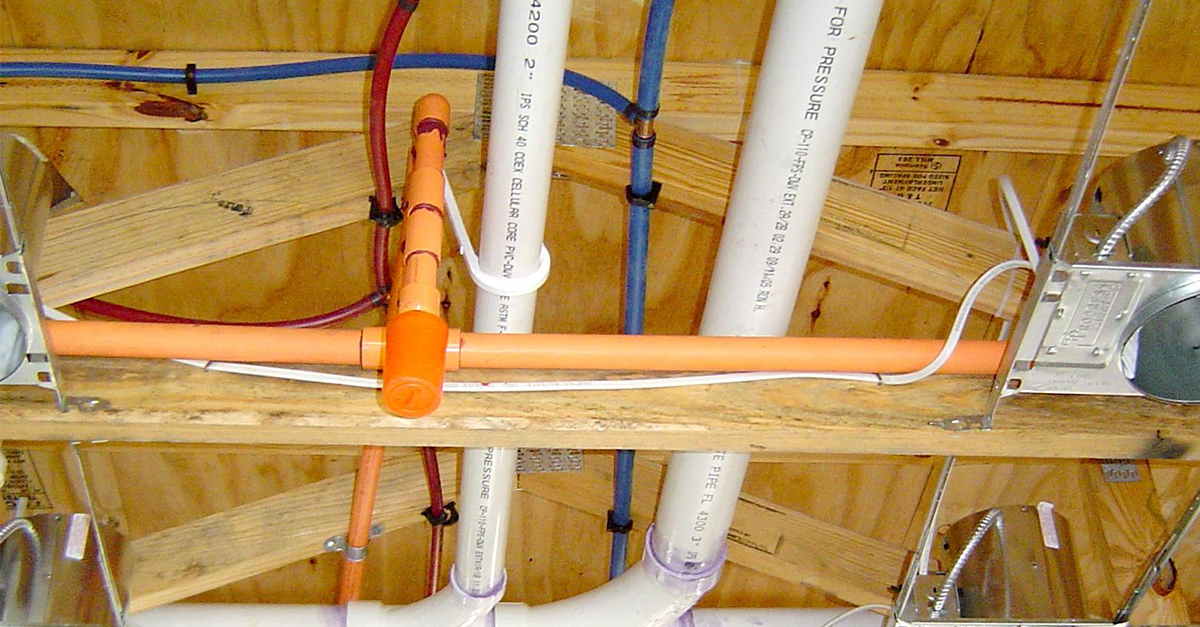Acquiring Insight into Home Plumbing Basics: A Beginner's Handbook
Acquiring Insight into Home Plumbing Basics: A Beginner's Handbook
Blog Article
Any individual maintains his or her own way of thinking about Plumbing basics: How your home plumbing works.

Plumbing is a crucial aspect of any type of home, in charge of supplying clean water for alcohol consumption, food preparation, and bathing, in addition to getting rid of wastewater safely. Comprehending the fundamentals of home plumbing is essential for each home owner to guarantee appropriate upkeep, troubleshooting, and, if necessary, repair work. In this novice's overview, we'll cover the basic concepts of home plumbing to help you end up being a lot more knowledgeable about exactly how it functions.
Water Furnace
The water heating system is accountable for heating water for domestic use, including showering, food preparation, and cleansing. Usual sorts of water heaters include tank-type hot water heater, tankless (on-demand) hot water heater, and heatpump hot water heater. The hot water heater is attached to the water supply system and delivers hot water to plumbing fixtures as needed.
Drain System
The water drainage system gets rid of wastewater from your home and lugs it away to a sewer therapy center or septic tank. It includes a network of pipes, fittings, and components that transport wastewater from plumbing fixtures to the main sewer line or septic tank. Correct water drainage is vital to protect against obstructions, backups, and sewage leaks.
Air flow System
The air flow system assists preserve proper air pressure and protect against sewage system gases from entering your home. Vent pipes, additionally called air vent stacks, extend from plumbing components to the roofing, enabling drain gases to escape safely outdoors. Air flow pipes also permit air to go into the drainage system, facilitating smooth wastewater circulation and stopping suction or vacuum impacts.
Water System System
The water supply system brings clean water into your home from a community water resource or a personal well. It consists of a major water line that links to your home's plumbing system, typically situated underground. A water meter determines the quantity of water taken in, while a shut-off valve enables you to control the circulation of water into your home.
Plumbing Components
Plumbing fixtures are gadgets that deliver water to different parts of your home and consist of sinks, faucets, commodes, showers, bathtubs, and devices such as dishwashing machines and cleaning devices. Each component is connected to the water system via pipelines and installations and may have its shut-off shutoff for maintenance or emergency situations.
Usual Plumbing Tools
Having the right devices on hand is vital for executing fundamental plumbing fixings and maintenance tasks. Usual plumbing tools include flexible wrenches, monkey wrench, pliers, pipeline cutters, hacksaws, plungers, augers (or drain serpents), and Teflon tape. Having these devices readily available can assist you take on minor plumbing problems effectively.
Standard Plumbing Repair Work
While some plumbing repair services might require professional help, several common problems can be attended to with fundamental do it yourself strategies. Learning how to take care of a dripping tap, unblock a drain, replace a toilet flapper, or fix a leaking showerhead can save you money and time on plumbing fixings.
Conclusion
Understanding the fundamentals of home plumbing is necessary for every single home owner to maintain a safe, functional, and efficient plumbing system. By familiarizing yourself with the supply of water system, plumbing fixtures, drainage system, ventilation system, common plumbing devices, and standard fixings, you can with confidence attend to small plumbing problems and ensure your home's plumbing system runs efficiently.
Plumbing for Beginners: A Comprehensive Guide
If you’re a beginner when it comes to plumbing, don’t worry; you’re not alone. Plumbing may seem intimidating, but with the right knowledge and a little practice, you can handle many common plumbing issues on your own. In this comprehensive guide, we will demystify the world of plumbing for beginners, providing you with the basic knowledge and skills needed to tackle common plumbing problems and even take on some DIY plumbing projects.
The Importance of Basic Plumbing Knowledge for Beginners:
First and foremost, basic plumbing knowledge gives you a solid foundation. It helps you grasp the key concepts and terminology that are essential in this field. By learning the basics, you’ll be able to build upon that knowledge and tackle more complex plumbing tasks in the future.
Having a basic understanding of plumbing also enables you to handle common issues that may arise in your home. Picture this: a leaky faucet or a clogged drain. With some basic plumbing knowledge, you’ll have the confidence to troubleshoot and fix these problems on your own. It saves you from unnecessary expenses and the hassle of waiting for a professional to arrive.
As a beginner, learning the basics of plumbing empowers you to take care of your own home. It gives you a sense of independence and self-reliance. You’ll no longer have to rely solely on professionals for every small issue that pops up. Instead, you can handle many tasks yourself, saving time and money in the process.
Remember, everyone starts as a beginner. Embrace the learning process and take small steps to expand your plumbing knowledge. There are plenty of online resources, tutorials, and even local workshops that talk about plumbing for beginners.
Essential Tools for Plumbing for Beginners
As you start your plumbing journey, having the right tools in your toolbox is crucial. Let’s explore some of the must-have tools:
Adjustable Wrench:
This versatile tool is a staple in any plumber’s toolbox. It allows you to tighten or loosen nuts and bolts of various sizes. Make sure to have an adjustable wrench with a comfortable grip.
Pipe Wrench:
A pipe wrench is specifically designed for gripping and turning pipes. It has serrated jaws that provide a strong grip, making it easier to loosen or tighten threaded pipes and fittings.
Plunger:
The plunger is a simple yet effective tool for clearing clogged drains and toilets. It creates suction when you push and pull, helping to dislodge blockages. Keep a good-quality plunger handy for those unexpected clogs.
Pipe Cutter:
When it comes to cutting pipes, a pipe cutter is your go-to tool. It creates clean, precise cuts without damaging the pipe. Look for a pipe cutter that can handle the pipe sizes you’re working with.
Hacksaw:
A hacksaw is useful for cutting through pipes, screws, and other materials. It’s a versatile tool that can handle different cutting tasks. Remember to use a blade suitable for cutting metal.
Tape Measure:
Accurate measurements are crucial in plumbing. A tape measure allows you to measure pipe lengths, distances, and dimensions accurately. Opt for a sturdy tape measure that extends a good length.
Pliers:
Pliers come in handy for various tasks, such as gripping, bending, and cutting. Slip-joint pliers with adjustable jaws are great for gripping pipes, nuts, and bolts.

Do you enjoy reading up on Plumbing Basics For Every Home: The HomeTriangle Guide? Give feedback directly below. We'd be delighted to find out your feelings about this blog posting. In hopes that you visit us again in the future. For those who liked our post if you please consider to pass it around. Thanks a lot for your time invested reading it.
Click Here Report this page